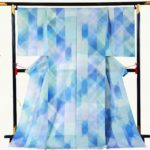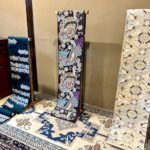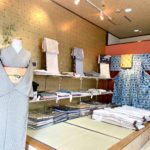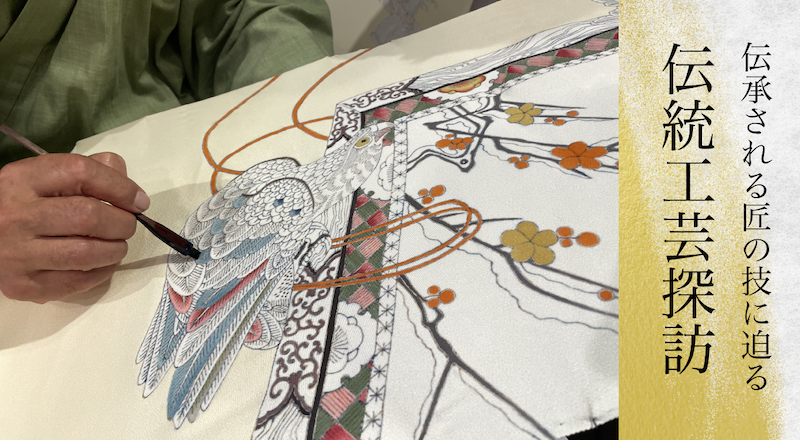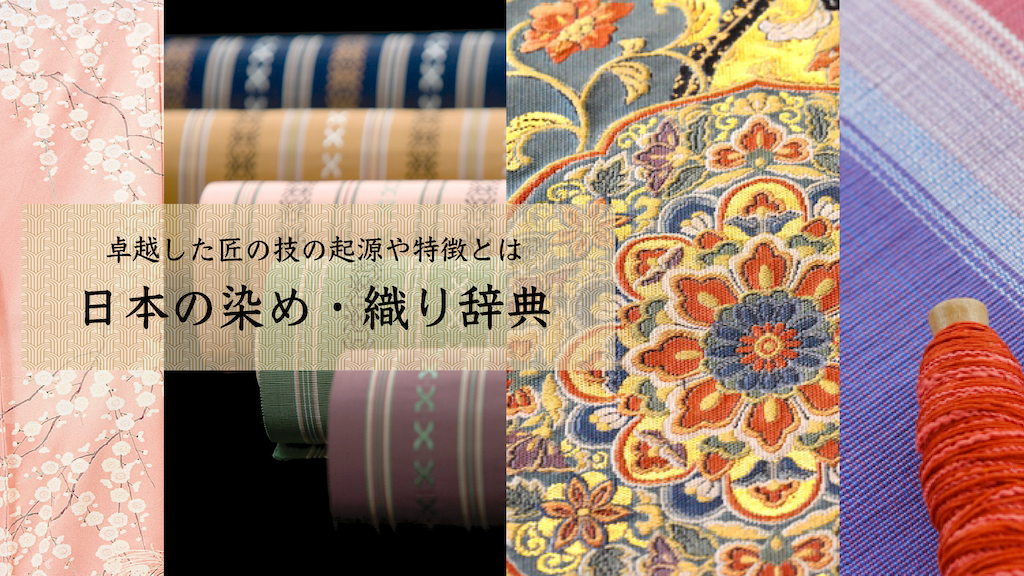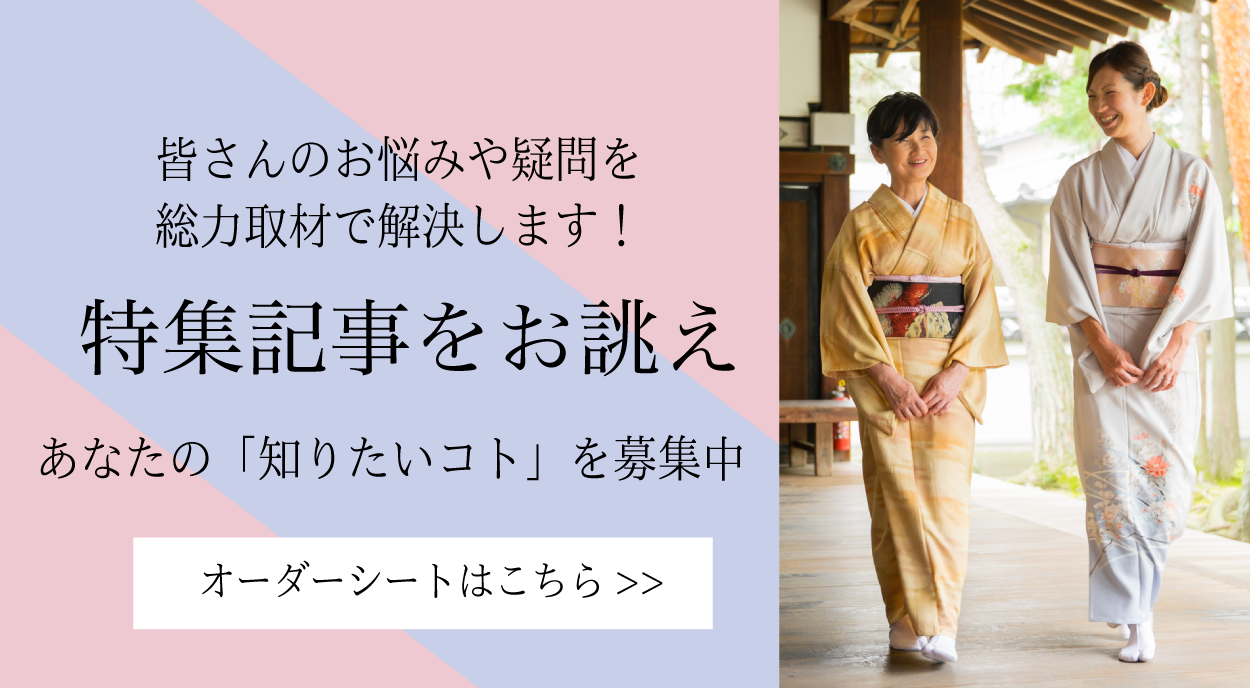久米島紬
Pronunciation: Kumejima-tsumugi
Production area: Kumejima Town, Okinawa Prefecture
Kumejima-tsumugi is prized for its soft hand and deep, subdued colors—often featuring Okinawan kasuri (ikat) motifs and lustrous mud-dyed browns. A single weaver carries out all steps by hand: selecting the design, gathering dyestuffs on the island, binding and dyeing the yarns, and weaving on a handloom, using pongee (tsumugi) or reeled silk. The craft likely began by the Muromachi period; in the early 17th century new sericulture and dyeing know-how from the mainland (Echizen and Satsuma) helped establish today’s techniques. Kumejima cloth later reached Edo as “Ryukyu tsumugi.” In 2004, Kumejima-tsumugi was inscribed as an Important Intangible Cultural Property of Japan.

